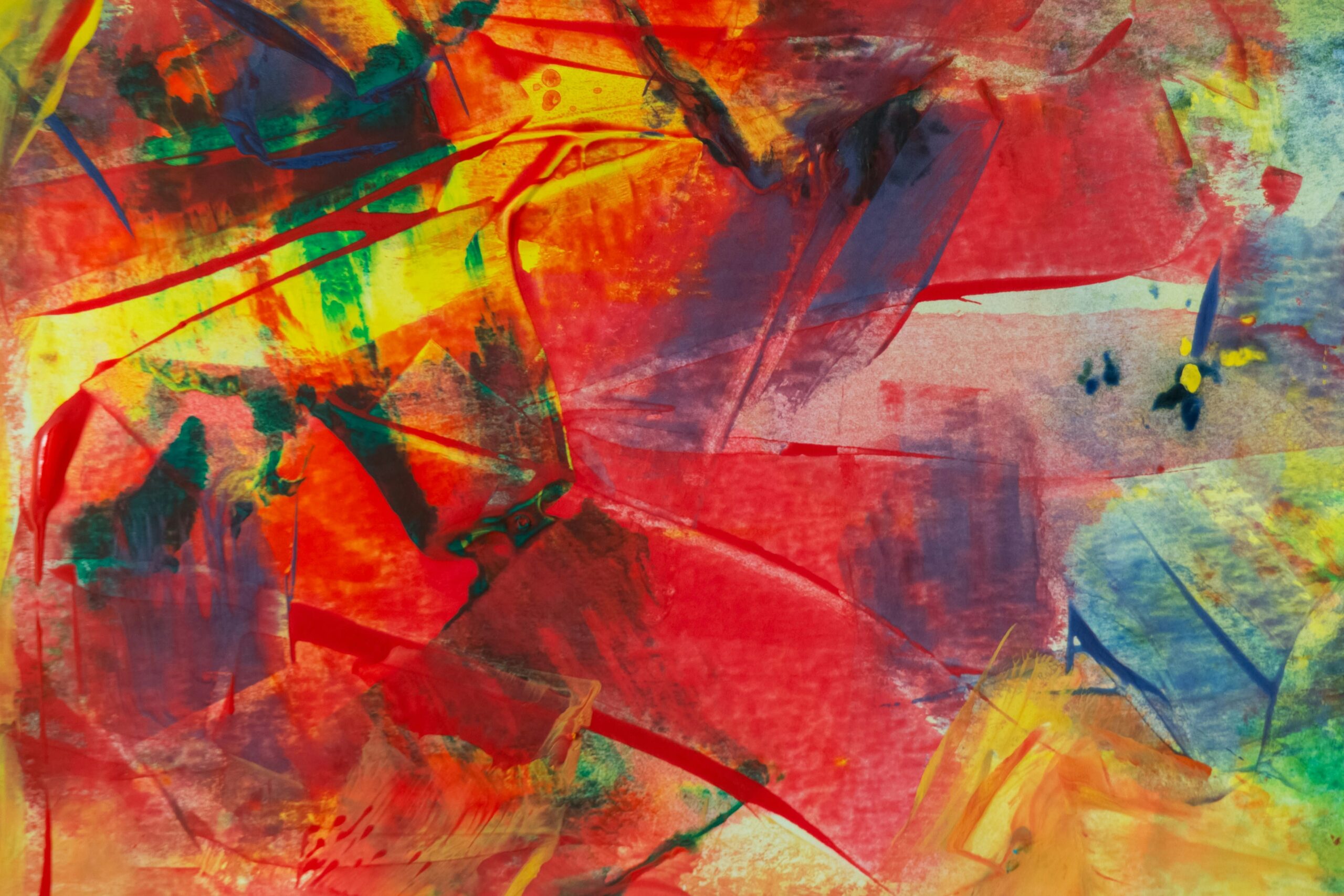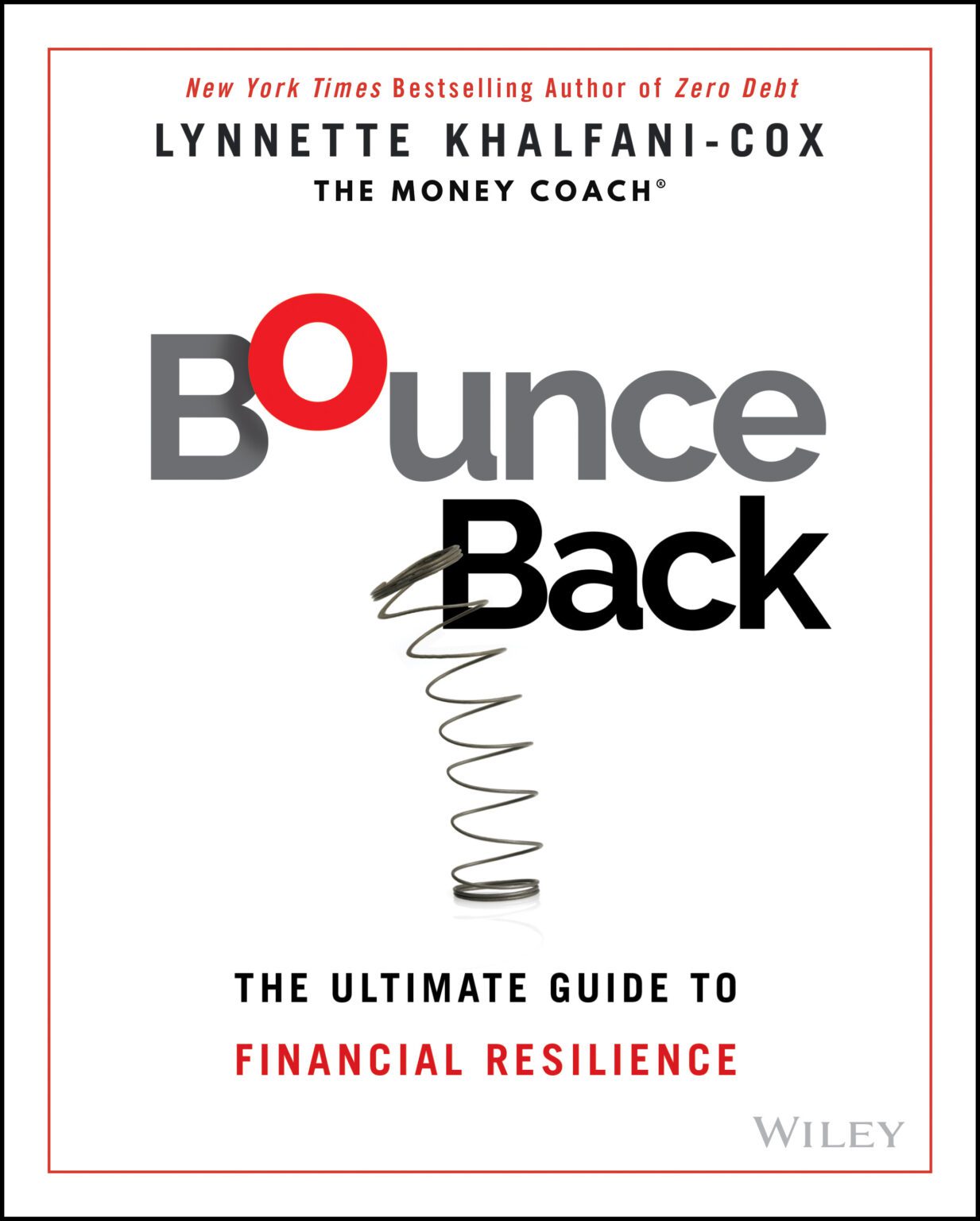Fine art investing has historically been an ultra-exclusive club open only to the wealthy – we’re talking the 1% of the 1% here. But a company called Masterworks promises to democratize access to blue-chip art through its novel fractional ownership model.
For as little as $20, anyone can purchase shares of paintings by recognizable names like Banksy or Monet. Masterworks handles the complex tasks of sourcing works, completing transactions, transporting and storing art, arranging viewings, and ultimately reselling paintings. Investors simply enjoy any potential capital appreciation.
It’s a compelling pitch that offers art ownership with training wheels. But is Masterworks really the best approach for adding art to a diverse portfolio?
To thoughtfully answer that question, we need to examine some fundamentals about the art world and alternative investment methods. We’ll look at how the Masterworks model stacks up, key considerations around art as an asset, and tips for prudently incorporating it into your finances.
Of course, as with all asset classes, there’s no definitively “right” approach to art investing. However, with knowledge and realistic expectations, it can be an intriguing component of a diversified portfolio.
How Masterworks Works
So how does Masterworks roll out the red carpet for everyday investors looking to add blue chip art without having to buy an original Keith Haring painting? As we mentioned, their secret sauce is the fractional ownership model. Here’s how the process works.
Masterworks puts each potential acquisition through a gauntlet first, leveraging their data and expertise to determine works with momentum that they believe will gain value over a few years. Of all the artworks that Masterworks evaluates as an investment opportunity, less than 3% make it through the diligence process.
Once they purchase and securitize the painting with the SEC, Masterworks slices and dices ownership into smaller shares that everyday investors can buy for as little as $20 apiece.
Masterworks then handles all of the behind-the-scenes mandatories – transportation, storage, insurance and the like. Once the time comes to cash in on the profits, Masterworks resells the painting and distributes the profits, minus their 20% cut and annual fees. But if the urge strikes, you can sell your shares early on the platform’s private secondary market exchange.
So far, it seems to be working well. Masterworks exits to date have yielded an average of 45% in annualized returns, and payouts to investors totaled some $25 million in 2022 alone.
Other Ways to Invest in Art
When it comes to splashing out on art, there’s more than one way to skin a cat. While Masterworks serves up fine art investing with a side of accessibility using its fractional ownership model, don’t underestimate the more traditional art investment vehicles. Let’s explore a few alternatives beyond the disruptive startup.
Direct Purchases
Okay, for argument’s sake, let’s just say you have enough money to buy your own Picasso. What are the pros and cons of going your own way and purchasing directly?
This full ownership approach puts you fully in the driver’s seat when adding art to your portfolio, but it also carries higher risk. Navigating the opaque, relationship-driven art market requires substantial expertise and connections. Otherwise, partnering with an art advisor or brokerage can unlock access to coveted works through private sales or top auction houses.
Just don’t expect much transparency on fair pricing or authentication in a market rife with information asymmetry. And you can kiss affordable buy-ins goodbye when going toe-to-toe with elite collectors and museums to snag blue-chip names.
Art Funds
Art funds offer shared ownership in a professionally curated collection aiming to spread risk across regions, eras, artists, and mediums. But they mimic VC funds more than Masterworks’ crowdfunding approach, retaining control and providing little viewing access.
While these can offset some art market knowledge gaps for investors, their vibe skews more toward country club than democratized. And they come saddled with hefty management fees, unreliable dividend payouts, and a low probability of securing a spot at all with their ultra-exclusive capital requirements.
Digital Art with NFTs
NFTs have become all the rage as a way to stake your claim on unique digital art. We’ve all seen the crazy headlines about 10,000x returns. This excitement has kicked off full-blown NFT mania over the last few years.
But between the extreme price jumps, questions around authenticity, uncertain valuations, and a market-driven more by hype than fundamentals, NFTs are still a risky way to dive into art investing.
Of course, NFTs could fundamentally reimagine how art is valued over time. But until more guardrails are in place, it’s wise to approach them cautiously in your portfolio. For now, NFTs generally remain better left to thrill-seekers than long-term investors.
Is Masterworks the Best Approach?
Clearly, Masterworks has shaken things up when it comes to who can invest in blue-chip art. By allowing everyday investors to buy shares of blue-chip artworks, they’ve torn down barriers that once made this market out of reach for most people. With their team vetting all the artwork and being transparent about their operations, Masterworks has made art investment a lot less intimidating.
Of course, this approach isn’t perfect for everyone. Big institutions or ultra-wealthy buyers may not like having all their eggs in one basket, artwork-wise. The fees that Masterworks changes are not insignificant. You aren’t in control of exit factors like when a painting is resold and at what profit margins.
While the Masterworks secondary market is certainly compelling, liquidity is hardly straightforward, as it can be challenging to sell your shares fast if you need quick cash. But for regular investors looking to spice up their portfolio beyond stocks and bonds, Masterworks offers an exciting new option to add fine art into the mix.
Is it a magic solution that guarantees art investment performance for every buyer? Of course not. However, by rethinking aspects of the art finance world that scared off potential newcomers for centuries, Masterworks has moved a long way toward making fine art more accessible.
That shift towards democratization is real progress, and it will be exciting to see whether or not other art investment platforms follow their lead in opening up this opaque market to everyday investors. Lowering the barriers to entry could reveal untapped interest and continue nudging fine art toward broader participation.








